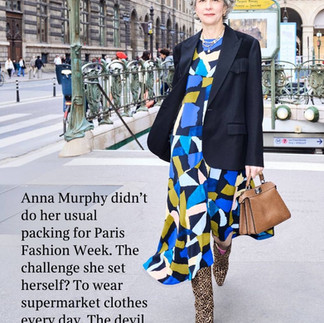The idea "you can buy items in the mass market that are no worse than luxury" is an illusion. Proved by Times.
I have always loved beautiful things. When I was just starting my career, I could only afford mass-market brands. My purchases were selective and carefully considered, and ultimately, they looked quite… expensive? As my professional career progressed, luxury items began to appear in my wardrobe.
In addition, I began ordering custom clothing from a professional tailor who adjusted everything to my measurements, paying attention to details that mattered to me. I chose everything myself, from fabrics to zippers. Eventually, this interest led me to buy a sewing machine and an overlocker—but that’s another story.
Having walked this—let’s call it—a mindful journey, I know for sure that the idea "you can buy items in the mass market that are no worse than luxury" is an illusion. Occasionally, you can find items that objectively look good. But upon closer inspection, there are nuances that always reveal the difference between lower-priced and higher-priced items.
In mass production, garments are cut following the path of least resistance, as production hours are focused on quantity rather than quality. This generally results in a less polished appearance and negatively affects the fit.
Fabric quality also often leaves much to be desired, as well as hardware, trimmings, fastenings. When I bought more mass-market clothing, I deliberately avoided items with statement zippers, large buttons, and studs.
Luxury item formula = cut + fit + material quality
The difference is clear in photos from the Times, which conducted an experiment by sending fashion editor Anna Murphy to Paris fashion shows dressed in clothes purchased from British supermarkets. The fit and fabrics speak volumes. Interestingly, they kept the accessories from luxury brands.
Is it possible to create a stylish well-cut outfit from Tesco? I haven’t tried it myself, and the editorial team didn’t succeed either.










